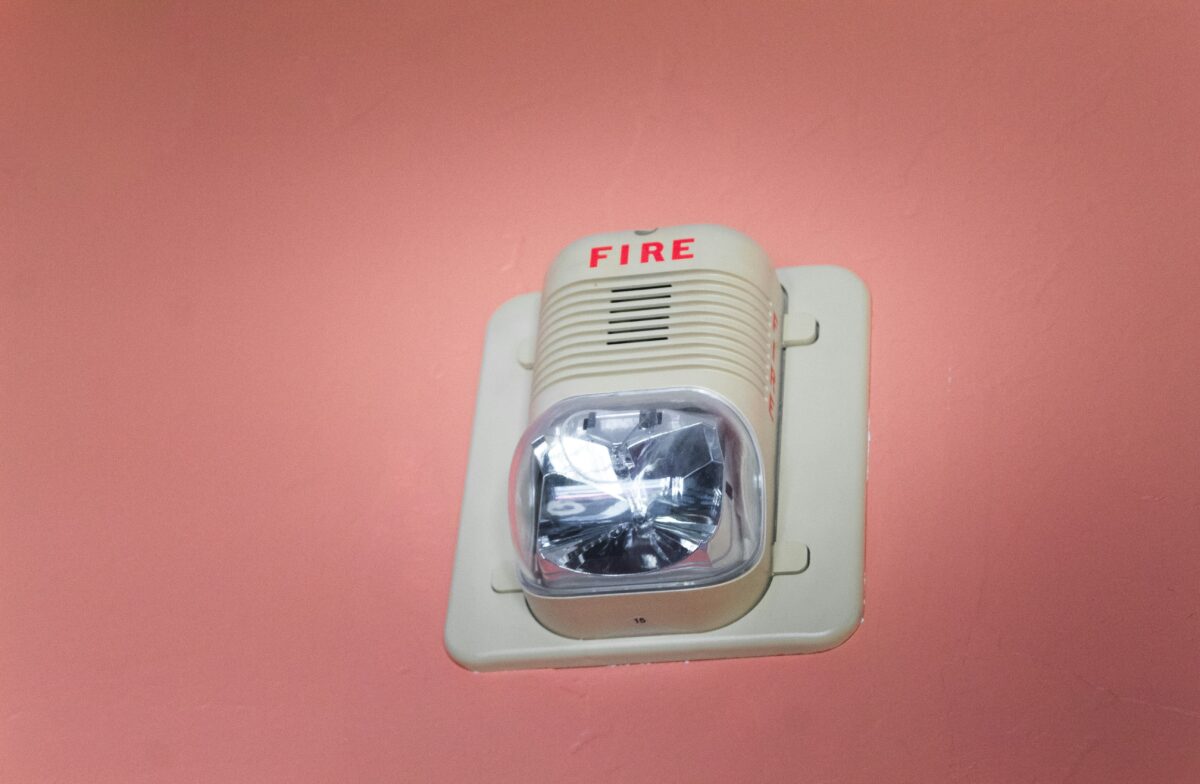Fire safety technology has evolved dramatically in recent decades, driven by a growing need for enhanced protection against increasingly complex threats. Developers, engineers, and safety experts are leading the charge, introducing advanced systems that detect fires earlier, minimize damage, and save lives. As urbanization expands, sophisticated fire prevention strategies become more critical, compelling the industry to adopt more innovative and resilient solutions.
The industry’s shift toward intelligent fire safety systems represents a significant leap forward in protecting communities. Thanks to AI, machine learning, and sensor technology advancements, fire detection today is faster and more accurate than ever. Sure! Here’s the sentence transformed into active voice:
Developers use these technologies to monitor in real time and respond quickly, addressing threats before they escalate. In this era of innovation, experts have replaced reactive tactics with proactive measures, setting a new standard for fire safety across industries.
Integrating Smart Systems for Proactive Protection
Innovative technology has redefined how fire safety systems operate, enabling precision and anticipation previously thought impossible. Modern fire protection systems can identify potential risks through interconnected sensors and advanced data analytics and intervene before fires begin. Furthermore, integrating building management systems with fire alarms allows for automated responses such as shutting down ventilation to prevent smoke spread or guiding occupants to safer exits through dynamic signage.
In addition, intelligent systems significantly improve situational awareness for first responders. By providing real-time data on fire origin, intensity, and building occupancy, these technologies enhance the speed and effectiveness of emergency response efforts. As a result, lives are saved, and property damage is substantially reduced. Consequently, industries ranging from manufacturing to healthcare embrace these intelligent systems as essential components of their safety infrastructure.
Advancements in Fire Suppression Technologies
While detection and prevention are critical, fire suppression technology also plays a vital role in minimizing the impact of fires once they occur. Traditional systems like sprinklers and chemical suppressants have served well for decades, but today’s advancements offer even greater effectiveness. New materials and chemical agents can now suppress fires faster and with less collateral damage to property and the environment.
Beyond traditional methods, innovations like water mist systems and clean agent suppression provide alternatives for sensitive environments like data centers and hospitals. These systems use finely dispersed water droplets or environmentally friendly gases to extinguish fires without harming valuable equipment or putting patients at risk. Because of these developments, businesses can maintain operational continuity even after fire incidents, reinforcing the critical nature of modern suppression technologies in comprehensive fire safety strategies.
Designing for Fire Resilience from the Ground Up
Modern fire safety is not limited to alarms and sprinklers; it begins at the first stage of building design. Architects and engineers increasingly incorporate fire-resistant materials and passive fire protection features into their projects to enhance resilience. By considering fire safety during the design phase, structures can be inherently more resistant to the spread of fire and smoke, providing occupants with precious additional time to evacuate safely.
Moreover, fire modeling and simulation tools have become essential design aids, allowing professionals to predict how fires might behave in various structures. These insights lead to optimizing layouts, strategic placement of exits, and appropriate material selection. By taking a proactive approach to building design, developers help ensure that modern structures are more sustainable and safer for their occupants, setting a new benchmark for urban development worldwide.
The Role of Regulations and Continuous Innovation
Regulatory bodies are pivotal in setting fire safety standards and driving continuous improvement and innovation across the industry. Codes and standards such as those issued by the National Fire Protection Association (NFPA) and the International Building Code (IBC) compel developers to adopt the latest safety technologies and design principles. Compliance ensures structures meet minimum safety thresholds, but forward-thinking developers often go beyond these requirements to implement cutting-edge solutions.
At the same time, the dynamic nature of emerging threats—such as those posed by new materials or high-rise living—demands that fire safety technologies continue to evolve. Research institutions and private companies invest heavily in R&D to anticipate future challenges and develop next-generation solutions. By fostering a culture of innovation, the fire safety sector can stay ahead of risks and protect communities more effectively, maintaining a strong commitment to public safety amid rapid technological advancement.
Championing a Safer Future Through Collaboration
Collaboration across disciplines and industries is one of the most powerful drivers of progress in fire safety technology. Firefighters, engineers, scientists, regulators, and technology developers collaborate to share insights, test new approaches, and refine best practices. This spirit of collaboration ensures that the best ideas are not siloed but integrated into comprehensive safety solutions that benefit all.
Additionally, international partnerships have accelerated the adoption of fire safety innovations globally. Lessons learned from incidents in one part of the world quickly inform standards and practices elsewhere, preventing future tragedies. This collaborative approach becomes even more essential as global challenges such as climate change and urban density intensify fire risks. Ultimately, by combining expertise and fostering open communication, the fire safety community creates safer environments for everyone.

